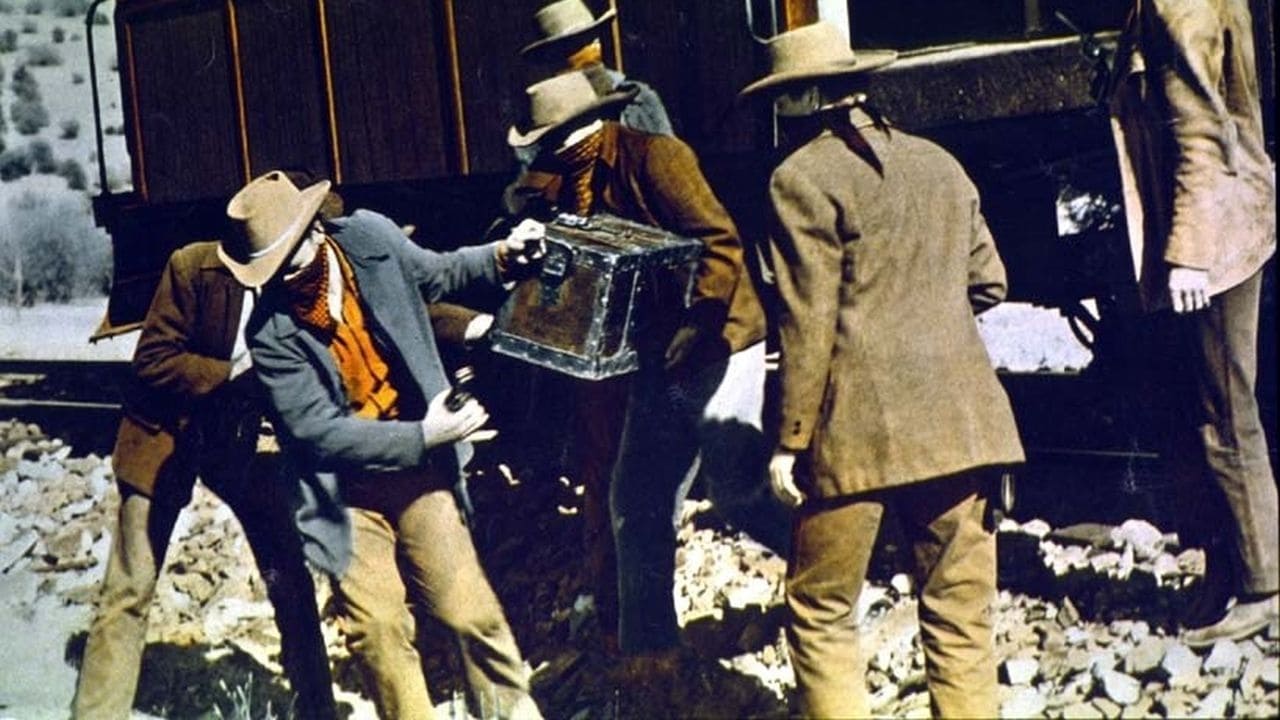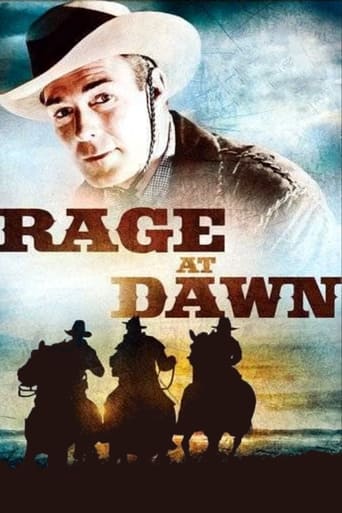

Randy Scott goes undercover to bring the dastardly Reno brothers to justice, and manages to fall for their feisty sister as he does so. Based on real incidents, Tim Whelan's mid-1950s programmer probably bears little resemblance to the true facts. Scott's his usually chipper self, his character loaded with a self-confidence that never tips over into arrogance or conceit; he has no doubts, no fear and a single-mindedness of purpose that is downright robotic. The bad guys – a band of brothers terrorising the Indiana countryside – are more interesting; they're stereotypical baddies in one sense, but they share for the most part a sense of duty to one another. Their sister is a real Maureen O'Hara type – only she's not played by Maureen O'Hara, which is a shame because Maureen might at least have bought some fire to the role. Edgar Buchanan as a corrupt judge is also good fun, but overall this modest little western fails to impress.
... View MoreWhen you say Randolph Scott, you've said it all.This is a Western, a real rootin' tootin' shootin' Western, with plenty of horses and bad guys and horses and good guys and horses and hold ups and horses.And Randolph Scott! And Forrest Tucker! And throw in a little bit of Edgar Buchanan and some other greats, and you got yourself a real late night thriller of a Western.It's the case of the Reno Round up, only with a lot of extra fiction thrown in. At least they got the part of Clinton Reno being the good brother correct.But when you got Randolph Scott and Forrest Tucker in a Western, nothing else matters. You got the whole shebangs!
... View MoreRAGE AT DAWN, directed by Tim Whelan, with a screenplay by Horace McCoy, features Randolph Scott and tells the story of a band of bank robbers, the Reno brothers; bringing them before the law needs a trick to be pulled upon them—a secret agent, played with relative detachment and some good—humor by the phlegmatic Scott, the legendary western lead, will become a gang member.Without being a bad movie, RAGE AT DAWN is representative for the unspectacular, even mediocre outings with which slightly uninspiring though essentially dependable western actors like Scott and Murphy are usually associated. Some notes here would signal to you the rugged, brutish and mean physiognomies of the Reno brothers—fact underlined by them always appearing grouped; some satire aiming at the small—town corruption; the essentially barren, austere, dry landscape. Now daddy Scott was a slightly low—profile actor, rural and average enough to let the movie go as it intends.
... View Morei enjoyed this western starring Randolph Scott.i liked the story,the pace was good,as was the acting.i liked the story as well.this movie is colourised,but the colour isn't always that great.it seems to change shades and brightness periodically,which was a bit distracting.otherwise,though,it's not that bad.Edgar Buchanan also appears,in a non comedic role.he must have been in almost every western ever made.a very young and almost unrecognizable Denver Pyle(TV's Dukes of Hazard)also stars in the film,as well as J. Carrol Naish.i'd recommend this film for western and/or Randolph Scott fans.for me,Rage at Dawn is a 6/10
... View More